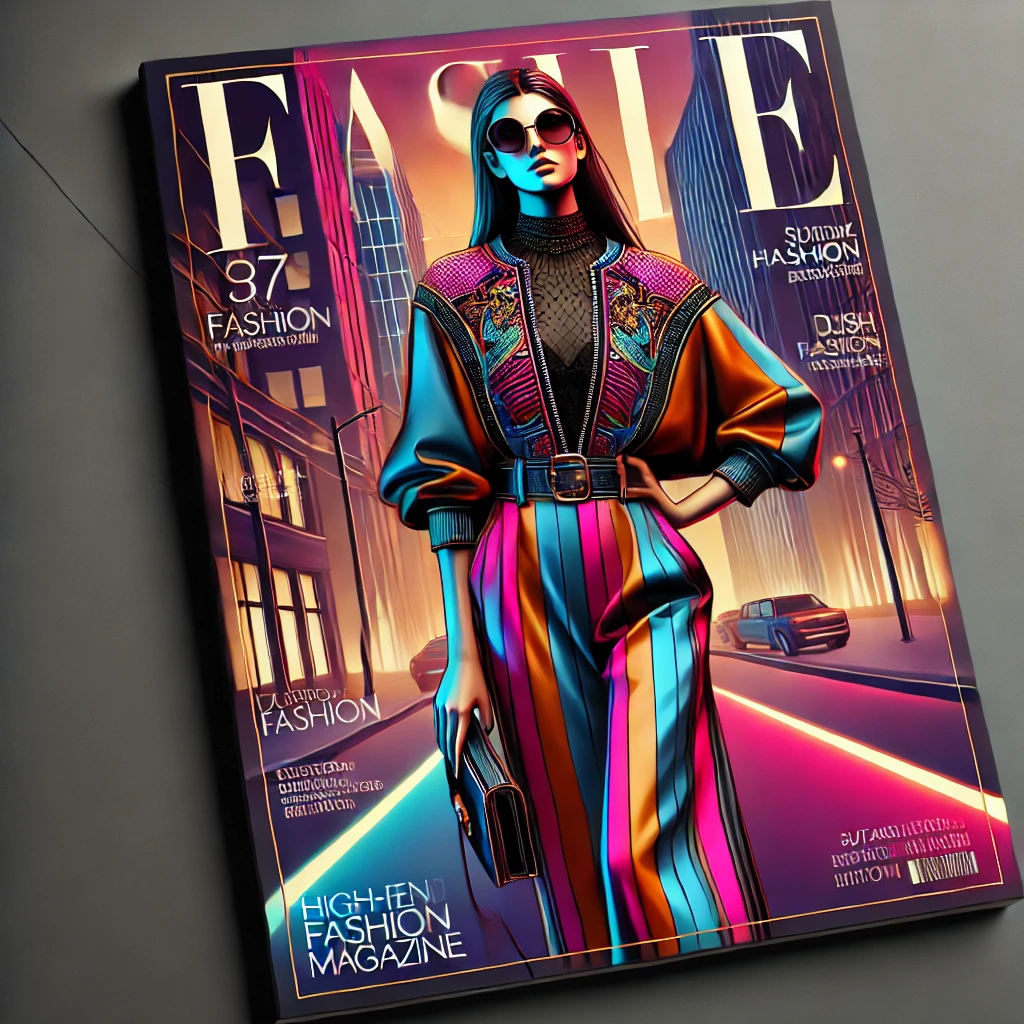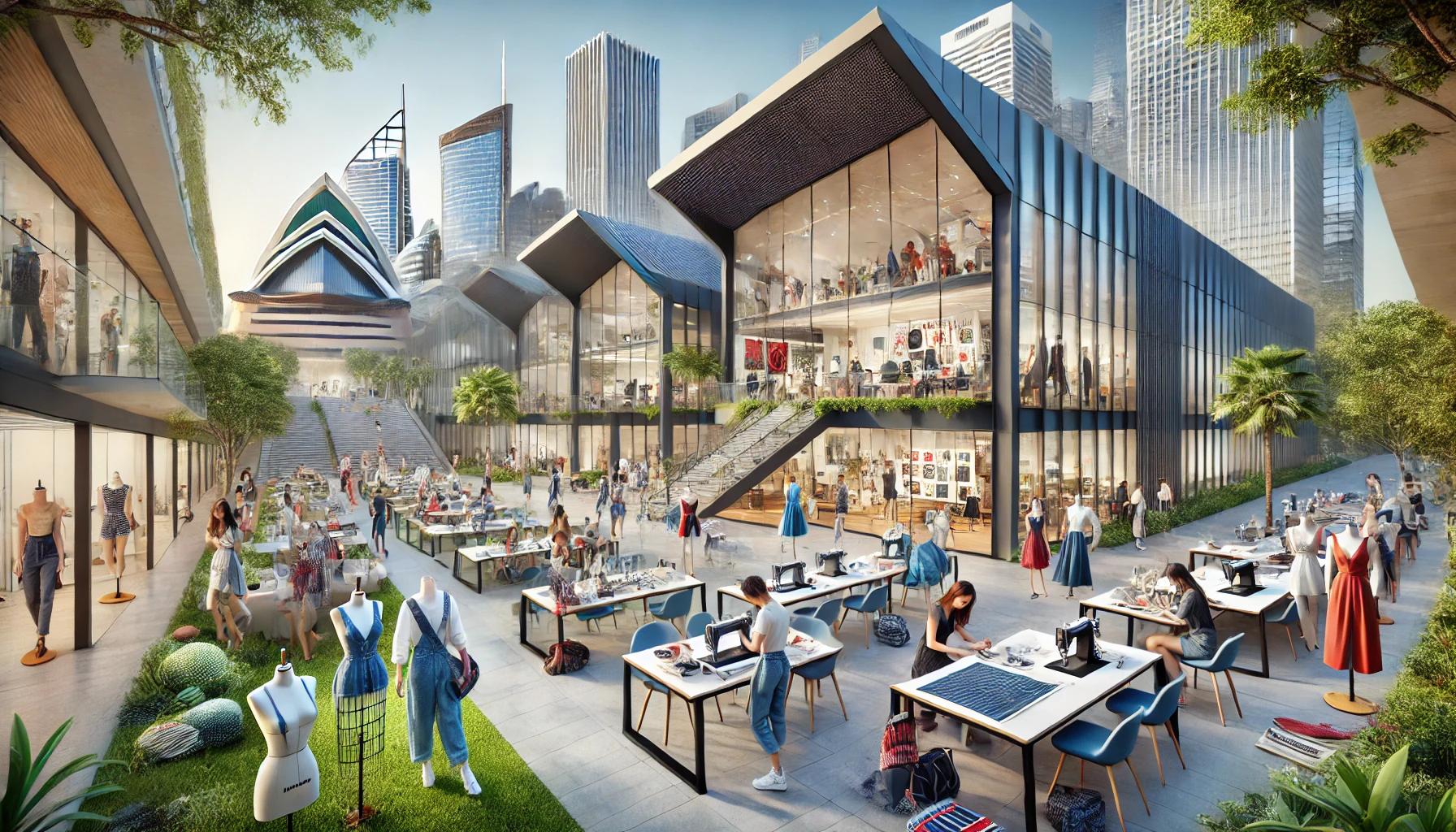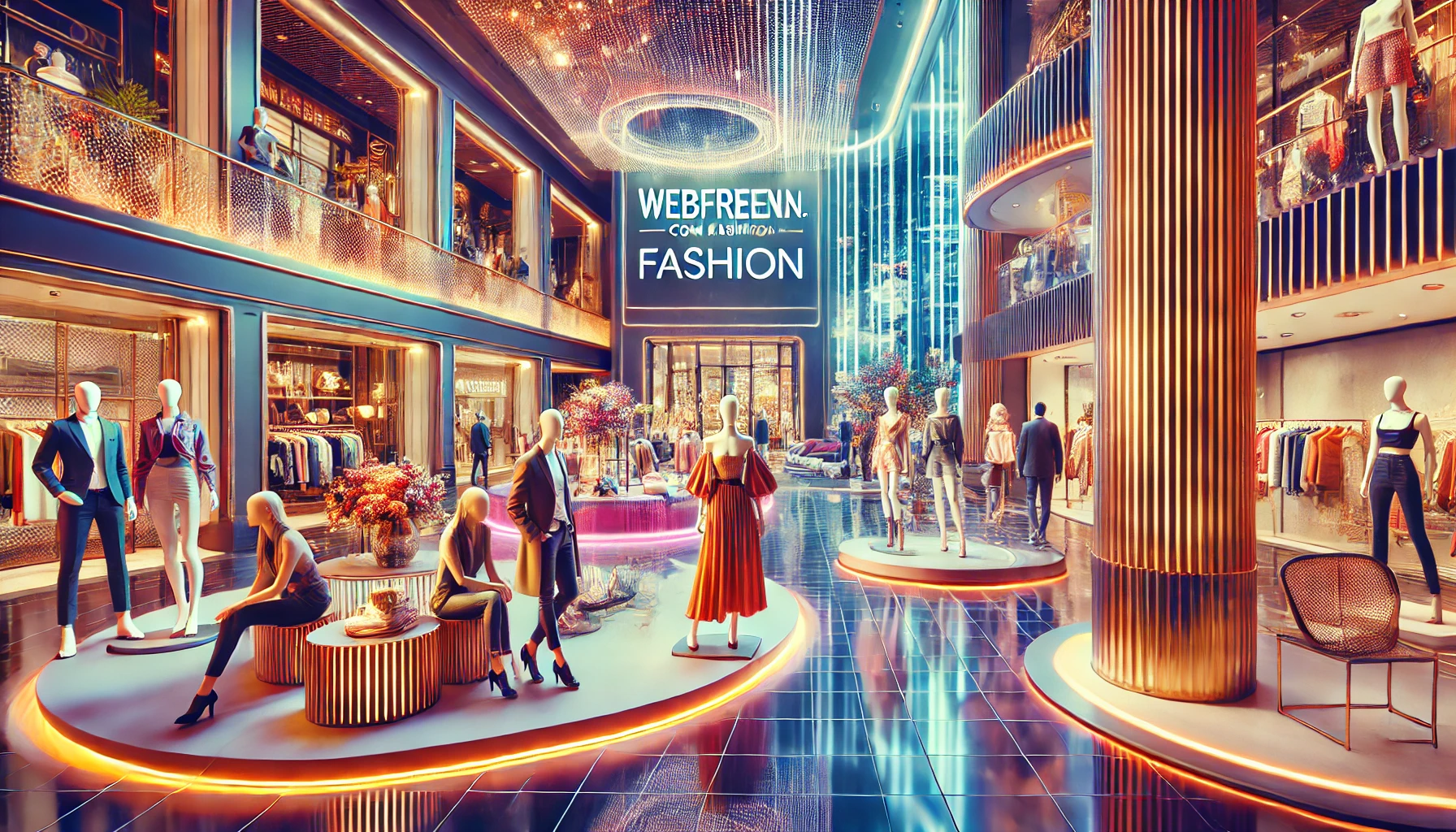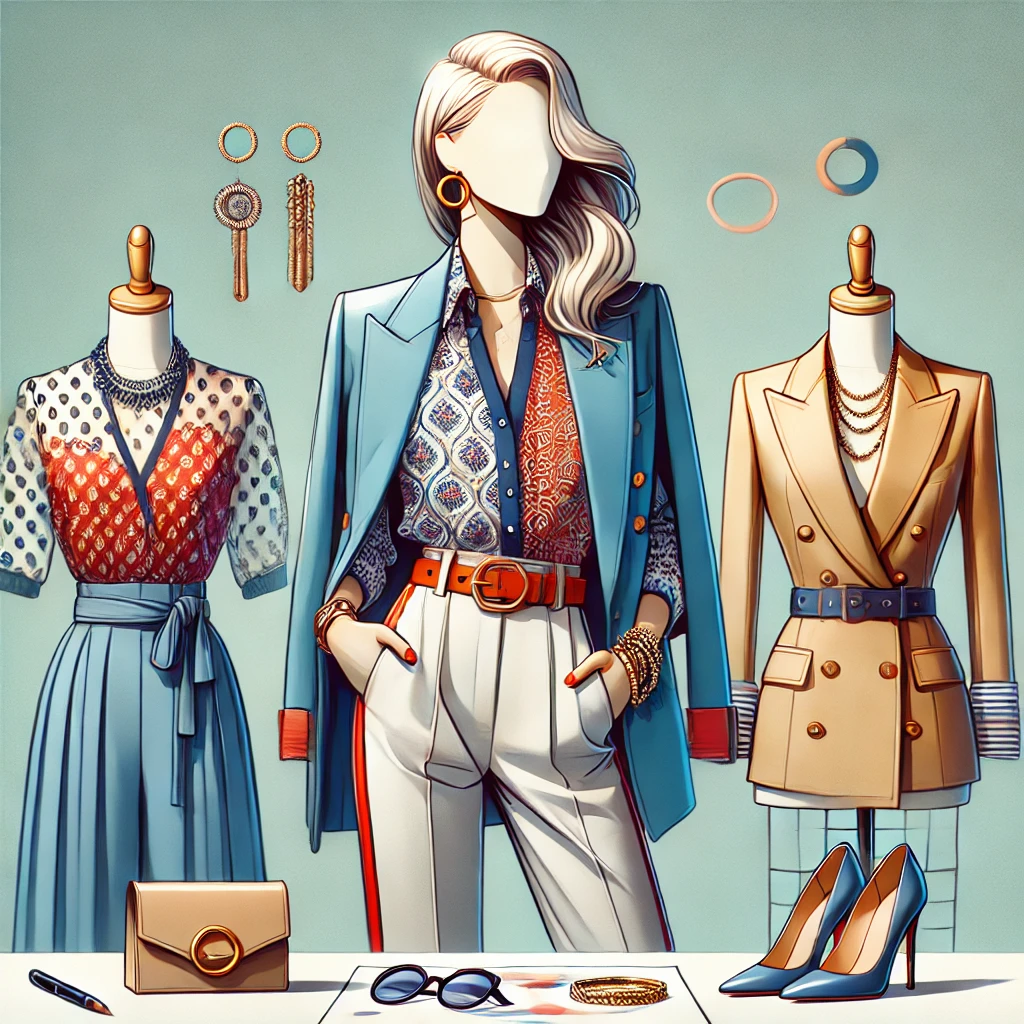Introduction to Fashion Magazine Design
Creating a fashion magazine layout involves probabilities as much as it does aesthetics. It means that what is meant to be explained is style, elegance, and culture and it has to be done in the format appreciated by readers. The process of designing for the web requires the use of this document, which includes the goals, audience, content plan, and design direction. However, in this article we will explain what a fashion magazine design brief generally includes, provide a brief description of a practical example and answer frequently asked questions about this kind of work.
Understanding the Purpose of a Design Brief
Design brief is not simply a plan but a guide to achieve the intended goal and be successful. In the context of a fashion magazine, the brief establishes guidelines of a visual and editorial nature which regard the overall appearance and content of the publication, thus supporting the project’s compliance with brand identity and consumers’ expectations. From an orderly magazine publication to an edgy streetwear magazine zine, the design brief keeps project consistency and project focus on track.
Key Components of a Fashion Magazine Design Brief
Every successful fashion magazine starts with a comprehensive design brief. Essential elements include:
- Target Audience Definition:
It is necessary to know who your readers are, what they like and do. For instance, a magazine on fashion and lifestyle may be exclusively for the sophisticated business person while zine of teenage fashion is for the fashion conscious teenagers.
- Content Strategy:
It should include the list of features, what editorials will be run, interviewee and or advert to be published. Photo shoots and illustrations are equally reasonable since visuals also play an important role for attracting people’s attention.
- Visual Style:
A simple design may be good for a sophisticated magazine such as Vogue magazine while complex and brightly colored designs may attract young people.
- Brand Identity:
The brief should include the need to maintain the brand identity of the magazine. For instance, a sustainable fashion media house would call for environmentally friendly ideas in both content and style.
Example: Design Brief for a Fashion Magazine
Suppose, you were starting a monthly fashion magazine known as StylePulse. Here’s a brief example:
- Objective:
In order to bring together a style guide for trendy fashion-forward clothing items in its pages as well as to include interviews with designers.
- Target Audience:
The target audience would be Millennials and Gen Z aged 18–35 fashion conscious, living in cities which are interested in trendy apparels.
- Content Strategy:
Combination of trend reports, do-it-yourself fashion information, interviews with celebrities and brand promotion.
- Visual Style:
Clean handwriting sans-serif fonts, soft pastel colors with strong injection of color, and high contrast images with minimal elements.
- Unique Selling Point (USP):
Pricing policies that could bring accessibility and Diversity in terms of models and designers portrayed.
Challenges in Fashion Magazine Design
However, as noted above, there is always a downside to the creative activities, though they are enjoyable. Reader trust is highly sensitive to the proportions of editorial and advertorial content that is why the issue proves to be vital. Another frequent problem is how to make the magazine visually consistent, let alone when working with multiple writers. These challenges are combated by utilizing the design brief as the focalization instrument for which means that it coordinates the communication flows and decision making process.
Finalizing and Launching Your Magazine
After getting the design and content of the specified brief, then comes the production. Graphic production and layout, as well as digital files formats, guarantee that the magazine can be accessed on different devices. The real start of the launching process is to create the necessary information expectation which may include teaser on social networks or pre-launch campaign or event.
This is because the process of creating a design brief is not just about developing a beautiful magazine – but it lays down a foundation for an engaging customer relationship that will guarantee the longevity of the magazine.
Conclusion
To start off the fashion magazine, one needs to embrace ideas, planning and vision that is logical. There is a specific document involved in each of these steps called the design brief, which outlines practically every single aspect of the project. They say that the more time you spend on preparing a brief, the better the publication is going to be, engaging readers and invoking their desire
Frequently Asked Questions (FAQs)
1. What is the purpose of a fashion magazine design brief?
A design brief is a plan of how a magazine will be developed to fit a particular brand and the preferred choice of the target population.
2. How detailed should a design brief be?
Points that should be included in a good design brief include audience, content, aesthetic, and brand. The more detailed it is, the more likely the project becomes easier to implement on the field.
3. Can a design brief be revised during the project?
Of course, even though the brief is given for the preparation of the solution and ideas, it is malleable and can be changed during the course of project development in the event that new possibilities or threats emerge
4. What tools are used in fashion magazine design?
This paper seeks to establish a list of the key tools employed in fashion magazine design.Adobe InDesign serves as a layout tool, Photoshop for images, while Illustrator for graphics
5. How can I make my magazine stand out?
Concentrating on the key selling proposition, which might be the special content, creative design, or on the diversity and tolerance policy, helps to claim a niche among the stiff competitors.



